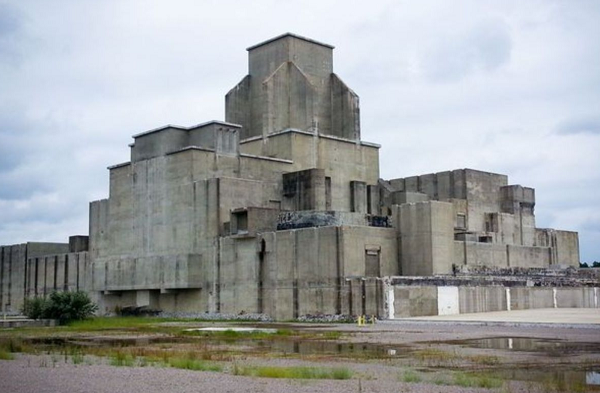In-Situ Decommissioning (ISD)
Catalogs:
Overview
The ISD approach is an alternative to the complete removal of the facility contents before it is completely demolished and the structure removed. It is applicable to legacy facilities that were not designed for decommissioning that are challenging to decommission in conventional ways.
It significantly reduces human health and safety risks while helping to attain sustainability goals through the reduction of greenhouse gas (GHG) emissions, petroleum consumption and waste generation. It is also a very cost effective process substantially reducing transport and disposal costs.
Not all legacy contaminated structures can be decommissioned using ISD; candidate sites must meet strict safety and environmental criteria plus there must be long term stewardship of the site. Additionally there is a wide spectrum regarding the scope and scale of ISD - there is not a single way of doing it.
- Hanford
- Savannah River
- Idaho
- Oak Ridge
- Disposal of Radioactive Waste
Developed by
Savannah River National Laboratory (SRNL)
